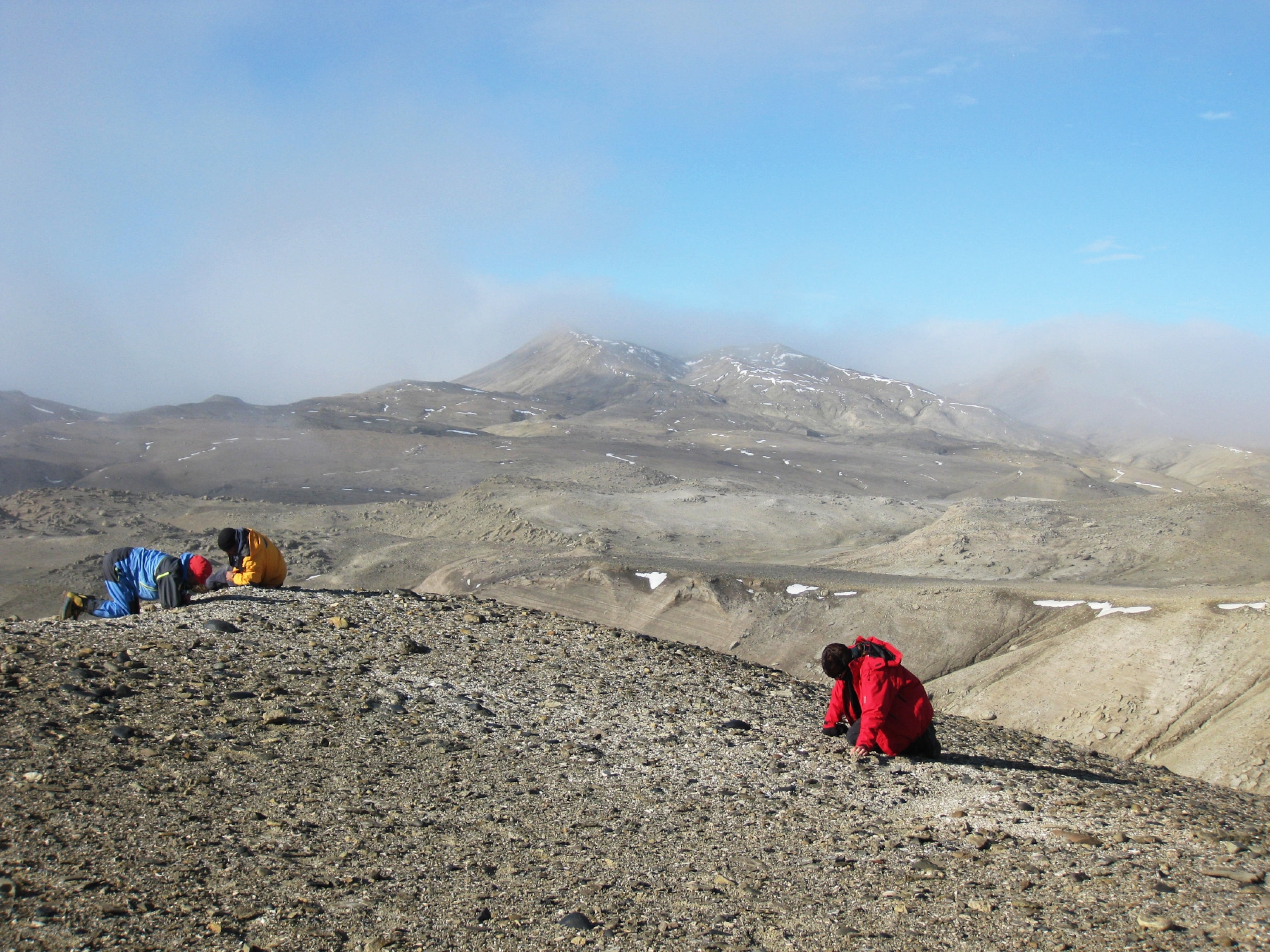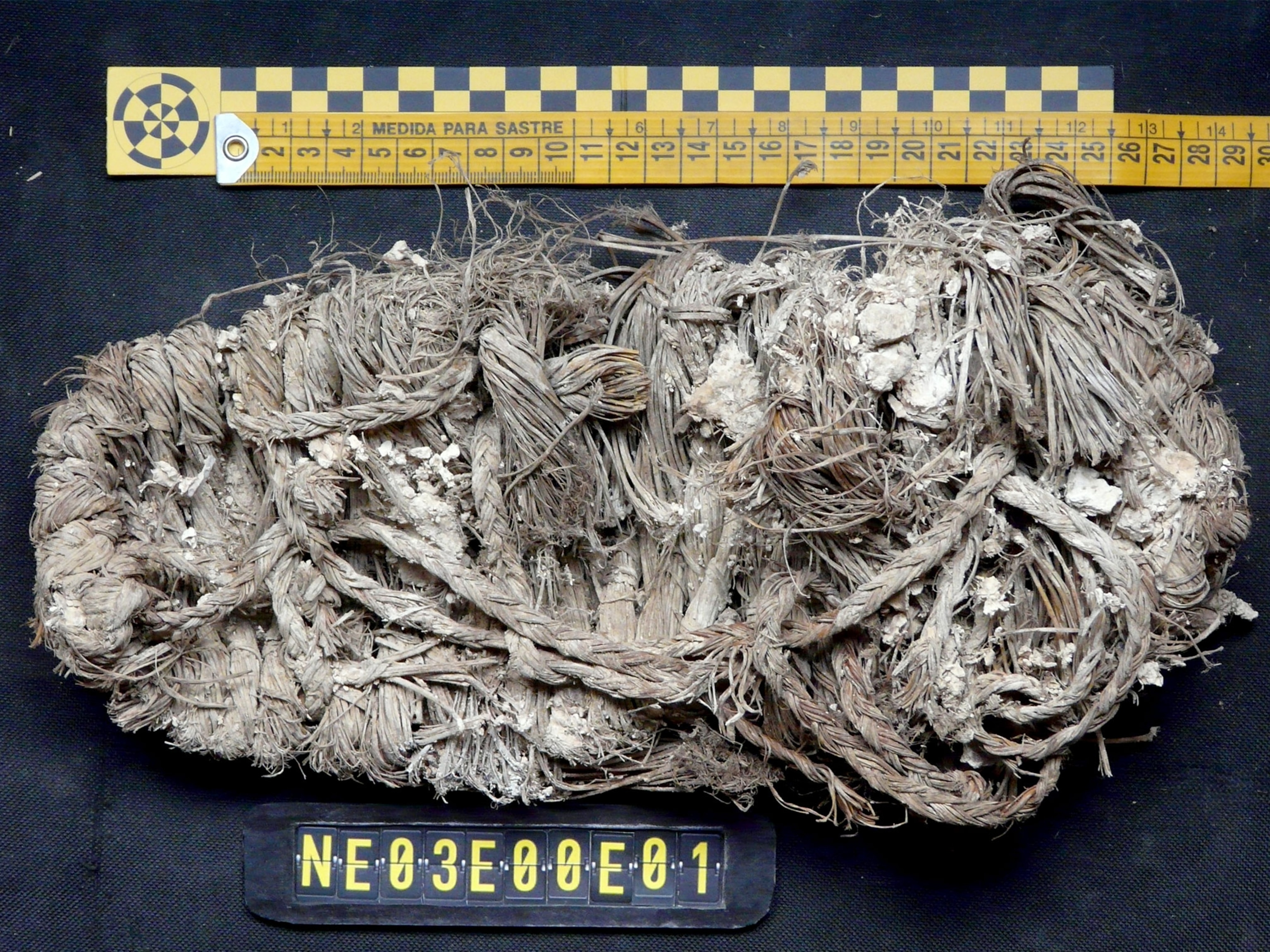
50-Million-Year-Old Worm Sperm Found in Antarctica
The fossilized sample is a rare find, and the oldest such specimen known to scientists.
Scientists have discovered 50-million-year-old sperm cells, which are the oldest known sperm cells yet found. The specimen comes from a species of extinct Antarctic worm, and was found in a fossilized cocoon spun for the purpose of sex.
The finding, detailed in the current issue of the journal Biology Letters, represents one of the very few instances in which fossil sperm cells have ever been found.
“Because sperm cells are so short-lived and fragile, they are vanishingly rare in the fossil record,” says study first author Benjamin Bomfleur, a paleontologist at the Swedish Museum of Natural History (SMNH) in Stockholm.
One of Bomfleur’s team members, Thomas Mörs, also at SMNH, accidentally discovered the fossil while sifting through rock samples from Antarctica in search of small animal remains. While sifting, Mörs found fossil worm cocoons, and a closer look using an electron microscope revealed the presence of numerous trapped sperm cells.
By comparing the fossil sperm’s physical characteristics with that of living worms, the team concluded that they belonged to annelids, the group of animals that includes earthworms and leeches. In particular, the fossil sperm bore a close resemblance to the sperm of modern-day crayfish worm, tiny leech-like creatures that live on the shells of crayfish and feed on dead organic matter.
“Surprisingly, modern crayfish worms are only known from the Northern Hemisphere,” says study-coauthor Steve McLoughlin, a senior curator at SMNH. “If our identification is correct then it implies that this group of animals had a much greater geographic range [50 million years ago] than they do today.”
An investigation of the morphology of the fossil sperm could reveal other details about the evolution of the animal group that crayfish worms belong to, says Renate Matzke-Karasz, a geobioloist at the Ludwig Maximilian University of Munich in Germany. “This study shows that there so many things to be detected in the fossil micro-world–we only have to look properly,” says Matzke-Karasz, who was not involved in the study.
Because annelid cocoons can take several days to harden, the scientists think other microscopic organisms could also become trapped in the cocoon walls. “We have collections of fossil cocoons from several other parts of the world that we will be investigating in the future to see if they also contain sperm cells or other trapped micro-organisms,” McLoughlin says.

Michael Archer, a paleontologist at University of New South Wales in Australia, agrees that annelid cocoons could be an excellent place to search for fossil cells. Last year, Archer’s team discovered 17-million-year-old tiny shrimp sperm in a cave in Queensland. Those sperm cells had fossilized nuclei and other subcellular structures, and Archer thinks the same might be true for the newly-found fossil annelid sperm.
“It would be of great interest to see if these annelid sperm cells preserved in the cocoons also contain subcellular structures,” says Archer, who also did not participate in the research. “A world of new information about the past is waiting to be revealed by further studies of the kind conducted here by Bomfleur and his colleagues.”




